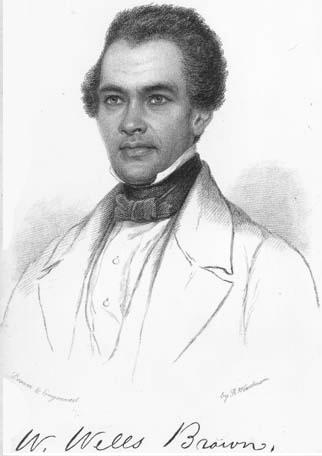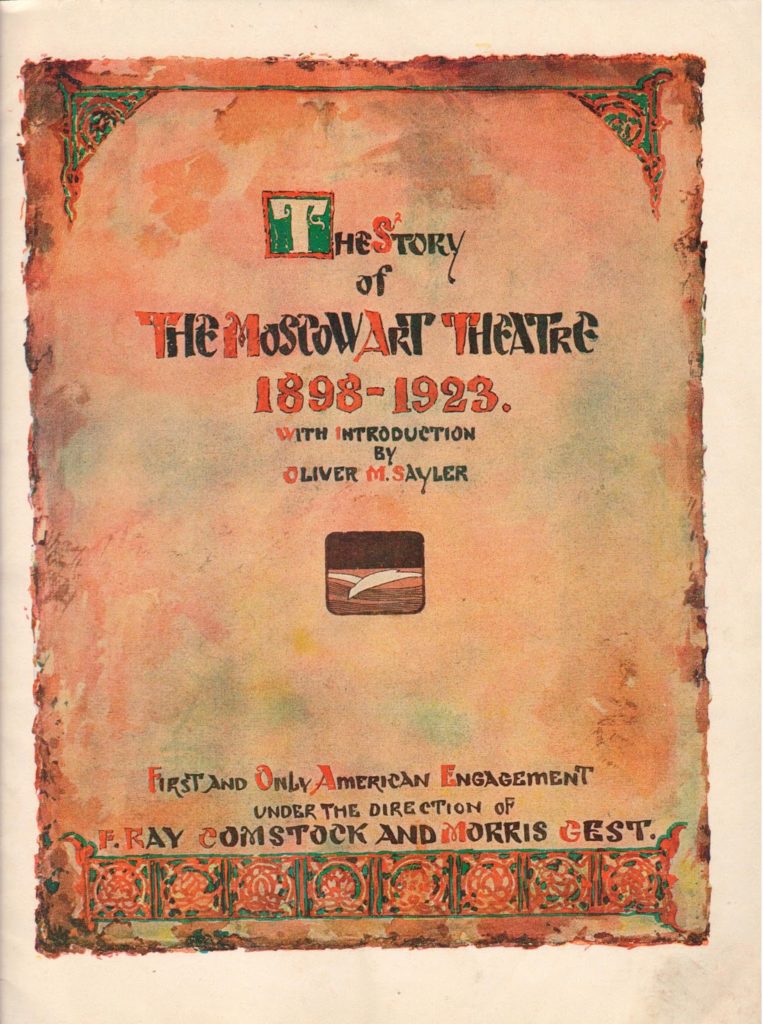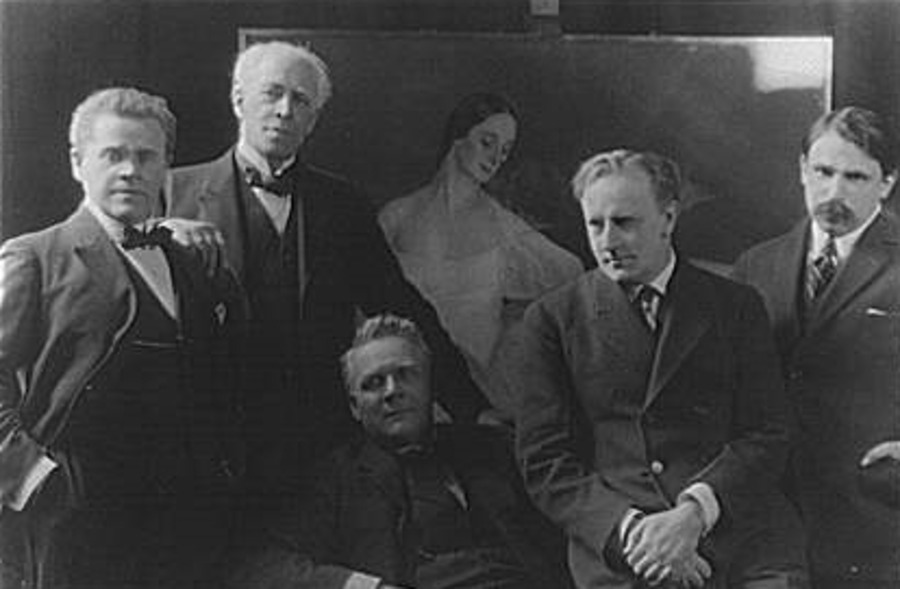January 1798 (225 years ago)
Richmond, Va.’s second theatre, located at the old Quesnay’s Academy, burned to the ground. The wooden building had played host to traveling productions—such as its first performance of Richard Brinsley Sheridan’s School for Scandal, staged by Lewis Hallam and John Henry in 1786—as well as the Virginia Ratifying Convention in 1788. After the building burned, a new theatre was erected in the same spot following much fundraising by political luminaries, including U.S. Chief Justice John Marshall. The new brick theatre, simply called the Richmond Theatre, opened in January 1806 and became the locus of cultural and artistic life. In December 1811, that building also burned, this time during a holiday performance, tragically killing over 70 people, including the recently elected governor of Virginia, George William Smith. The location is now home to the Monumental Church, which memorializes the many lives lost on that site.

January 1858 (165 years ago)

William Wells Brown’s play The Escape; or, A Leap for Freedom was printed, marking the first published play by a Black playwright in the United States. The abolitionist work tells of the secret love between slaves Melinda and Glen, who work for different slavers. Throughout the story they are abused and nearly killed, but ultimately safely run away together. William Wells Brown was himself born into slavery and eventually moved to Europe to escape the horrors of the 1850 Fugitive Slave Act, which threatened the lives of him and his children. There he published Clotel, or the President’s Daughter: A Narrative of Slave Life in the United States, a story about Thomas Jefferson’s Black children. When published in 1853, this became the first novel published by a Black author in England. Brown returned to the U.S. in 1854, and later gave public readings of The Escape in his lectures against slavery. The play was not staged until 1971, when it was performed at Emerson College in Boston, Mass.
January 1923 (100 years ago)

The Moscow Art Theatre (MAT) arrived into New York City’s harbor to begin a major tour of the United States. Under director and performer Constantine Stanislavski, who celebrated his 60th birthday in New York on Jan. 17, the company began their run at Jolson’s 59th Street Theatre, playing a repertory of nine different plays and scenes. The company would travel to eight other cities in a tour that brought much publicity and praise to MAT and Stanislavski. Later that year, former Moscow Art Theatre members Richard Boleslavsky and Maria Ouspenskaya would open the Theatre Arts Institute (later, the American Laboratory Theatre), which taught essential elements and practices of Stanislavski’s “system” of acting.
January 1973: (50 years ago)
The Rhode Island Feminist Theatre (RIFT) was formed from a group of Brown University graduates, eager to experiment in theatrical form and leadership structure. Driven by a young student named Kate Phelps, the group created theatrical works in a highly collaborative and improvisational manner, crediting their plays to the entire collective rather than a singular playwright. The company travelled across New England, performing works that were, according to a RIFT flyer, “explorations of their consciousness about the spirit and vision of women” in non-traditional performance spaces, such as university halls and gymnasiums. The company would publish some of their plays and eventually disband in 1987.


